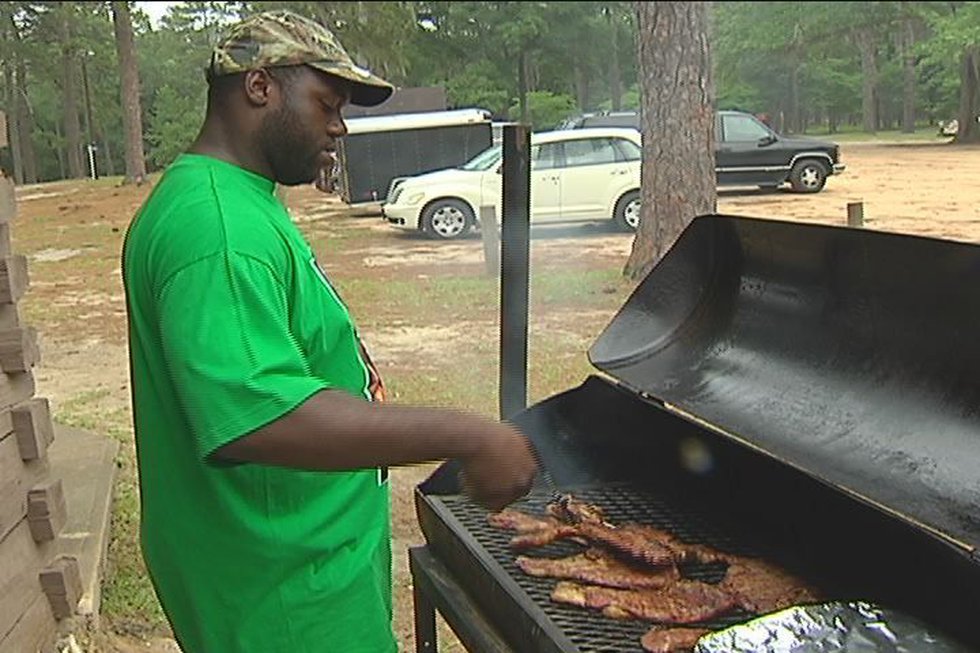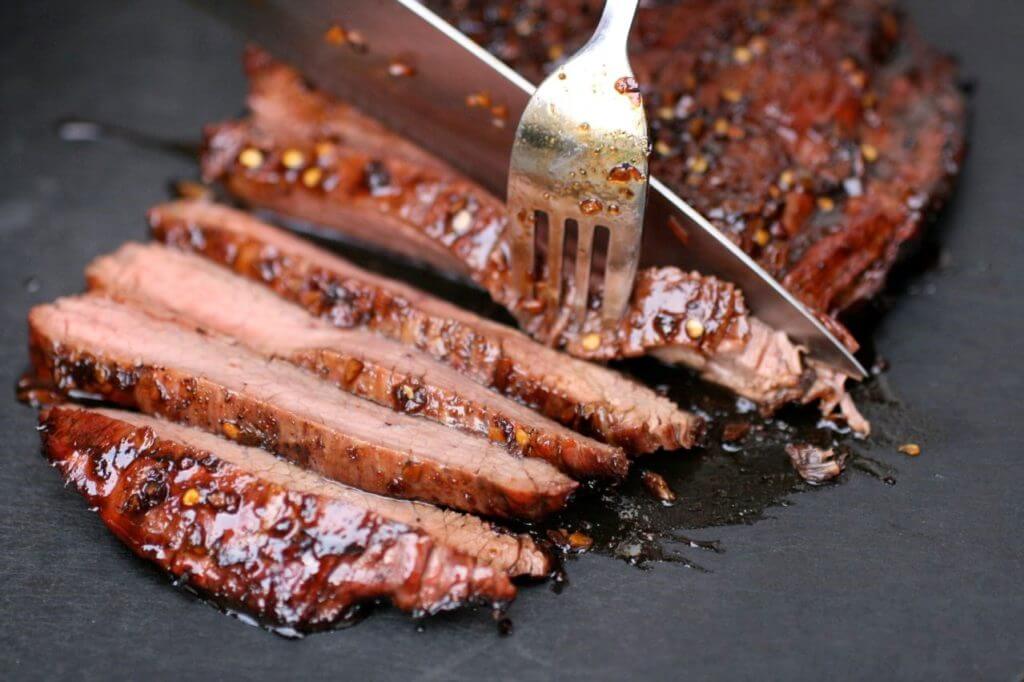
You can heat your food by cooking it over coals. A charcoal grill with wide open vents will produce a higher heat. You have enough oxygen flowing through if your flames are bright. If your flames burn too fast, you won't have enough oxygen. Close the vents if your food is cooking too quickly. Higher heat equals higher flames If the flames appear too low, it is because you are using too much charcoal.
Ventilation
When you are cooking with a charcoal grill, you may have come across a device called an intake vent. This device provides oxygen to the combustibles. This is where the grill gets its "fuel". The vents are more open, which means more oxygen can get into the grill, and thus raise the temperature. A key part of controlling the temperature is controlling the oxygen level.
Temperature control is done by the charcoal grill's intake valve. Find two arrow marks close to the vent. If the arrows point half-open, it is the vent. The top lid houses the exhaust dampers and oxygen. By opening and closing them, you can control the temperature and intensity of the fire. In other words, the wider the vent is, the hotter the fire will be.
The vents on the charcoal grill should be opened as much as possible. Leaving the vents open can result in hotter and faster burning charcoal. The grill's internal temperature can be reduced and smoke production decreased by closing the vents. The bottom vent should always be opened and the top should be closed. You should only open the bottom vent slightly if there is too much smoke during cooking. But if it doesn't, you can always close it halfway or completely.
The outtake ventilation is another component you need to think about. The outtake vent, which pulls oxygen from the air, is not like the intake vent. Charcoal/wood fires produce gases, and if not vented properly, they will smother the fire. Hence, it's best to adjust the intake vent before cooking to determine the right temperature. Begin with the intake vent. Then work your way up.
Exhaust vent
The exhaust vent on a charcoal grill controls the amount of air that is allowed to enter the cooking area. The vent can be partially or fully opened to allow more oxygen into the cooking area. This will produce a larger fire. The vent should be closed to allow more oxygen to reach the cooking area. This will make the flames smaller and less intense. The exhaust vent must be controlled by many factors.
The exhaust vent on a charcoal grill is designed to equalize the oxygen in the bottom chamber and the amount in the top chamber. This is crucial for cooking the perfect burger. Charcoal grill exhaust vents, sometimes called dampers, are not chimneys to let out heat, but rather a way to control the temperature directly. Proper use of the vent is a way to improve the taste of your food while keeping it juicy and tender.
The exhaust vent of a charcoal grill should be the most important. You should heat the charcoal directly on the coals to extract the maximum heat. If you prefer to control the temperature of your food, however, the 2-zone method is a good option. Two-zone cooking allows you to move the food around and cook in sections. To help regulate the flame, you can open the top vent if the food is too hot.
An intake damper is the second part of an exhaust vent for charcoal grills. This vent is located in the bottom of the charcoal grill. Wood and charcoal require oxygen to burn. Opening the vent reduces that amount. The intake damper can be found on the bottom or side of the grill. The fire can heat up if the vent is open. It makes the fire heat faster, and you can cook more food without lifting the lid.
Take-down damper

An intake vent allows air to enter charcoal grills. Oxygen enters the grill as heat rises. An properly functioning charcoal grill intake diaphragm opens the grill's airways. The intake damper should be kept open to let more oxygen enter the grill. A closed vent would restrict the flow of oxygen. Too much air can cause the coals to heat up and burn food. In contrast, a closed damper will cause the coals to die.
Vents and dampers are also known as intake and exhaust vents. However, they are one and the same thing. An intake damper is found on the lower section of a charcoal grill, while an exhaust vent is located on top. The charcoal grill's exhaust and intake vents are designed to draw in fuel oxygen. Keeping them open will allow you to cook your food at the right temperature. You will get more smoke from a charcoal grill that is hot.
The temperature can be controlled by adjusting the charcoal grill intake damper. The larger the vent, the more oxygen will enter. The cooler the grill, the lower it will be. Two dampers are found on most charcoal grills: one in the lid and one in the bottom bowl. The temperature of the charcoal grill's overall temperature is controlled by the damper. To get the best smoke flavor, keep the damper open. When adjusting the intake damper, keep in mind that the charcoal grill intake damper will take up to 10-20 minutes to settle.
A charcoal grill intake damper helps keep the fire from spreading out of control. The charcoal will burn to ashes if it is not covered. The best way to set up a charcoal grill is by closing the vents. They prevent drafts, smother fires and regulate the temperature. This is also known by the "fire triangle", which is a method of controlling the temperature.
When the grill grates are still warm you can clean them.
It is much easier to clean grates on a grill while they are warm than to use chemicals or other metal tools. To clean your grill grates, soak them in a mixture of two cups vinegar and one cup baking soda. After letting the mixture sit for approximately an hour, scrub the grates well with a steel wool pad or a scouring mat. This method is safer than chemical solutions and works better.
You should clean the grill grates after every cooking session. Scrape any food that has brown on the grill grates using a quality stainless steel brush. If possible, you can also use a separate scraper or the built-in scraper to remove burnt-on food. Take out any brush bristles that are loose. After you have cleaned the grates well, you can rinse and dry them.
Cast-iron grates should be washed with soap and water. Grates that have a lot of grease buildup could result in them losing their nonstick properties. If you want them to look new, it is essential to thoroughly clean them. You should wash porcelain grill grates with soapy water. You can also use vegetable oil as a cleaning agent to prevent rust.
To scrub your grill grates, you can also use aluminum foil. To make it easier to use, crumple the aluminum foil into a small circle. You can remove food from the grill grates by using a brush. After removing food from the grill, allow it to cool down completely before wiping it clean. In this way, you can ensure that it is completely clean. A charcoal grill can be left on after cooking for a few seconds.
Checking the vents

A charcoal grill's vents regulate the amount of oxygen that reaches the charcoal as well as the temperature of the interior. Charcoal grilling is easier if you know how to properly use the vents. You will be able more effectively control the temperature of your food and the flavor. You should also close all the vents when you're done cooking to prevent a fire and allow the grill to cool down properly before storing it.
It's common for a charcoal grill's lid to rust shut if heavy rain has recently fallen on the area. The rust can block the grill's vent from opening and prevent oxygen from entering. This can lead either to a partially cooked meal or semi burned charcoal. Vents on a charcoal grill are vital to its proper functioning. Check them regularly to prevent any problems and make your cooking experience more enjoyable.
The vent regulates how much oxygen enters and exits the grill. The bottom vent is important in winter cooking as less oxygen means that food cooks quicker. The purpose of a vent is to regulate temperature. If the vent is not functioning, an aluminum pan with similar effects can be used. While it won't affect temperature as much like water, it can help you cook better food.
The exhaust damper is also known as the top vent. It is crucial to use the damper correctly when charcoal grilling. It should not be closed too tightly, as it will cause the fire to heat too quickly and produce too much smoke. Proper settings are important for achieving the desired flavor of smoke. The type of food you prepare should dictate how the vent damper is adjusted. Also, consider the charcoal grill type you are using.
FAQ
What are some basic cooking skills?
Basic cooking skills are the ability to read and follow recipes. You need to master these skills if you want to cook for your own meals. Cooking is also a great way to save money since you don't have to eat out all the time.
What are some of the benefits of using slow cookers?
Slow cookers are useful because they can make delicious meals in a fraction of the time. Slow cooker recipes are more healthy than traditional dishes because they use less oil. Additionally, slow cookers are more convenient than traditional recipes because they take care for themselves while you're sleeping.
How much does a culinary school cost?
The cost of a culinary school depends on where you are, how much you study, and what program or course you choose. Tuition costs range from $10,000 to $30,000. Students graduate with approximately $20,000 of debt. There are programs that offer work-study and scholarships.
Who is the best path to a career in chef work? What are the best ways to start your career as a chef.
Apprenticeships are a great way to get started if you want to become a chef. Apprenticeships offer the chance to work for several year without any tuition fees. You can apply to become a sous-chef after you have completed your apprenticeship. Sous chefs oversee cooks and help them make salads and desserts. They oversee all aspects of the restaurant's operation.
Statistics
- On average, chefs earn $58,740 a year, according to the BLS. - learnhowtobecome.org
- The median pay for a chef or head cook is $53,380 per year or $25.66/hour, according to the U.S. Bureau of Labor Statistics (BLS). (learnhowtobecome.org)
- According to the BLS, chefs earn $58,740 a year. (learnhowtobecome.org)
External Links
How To
How to cook steak
The type of meat you are cooking will determine the right method to use. For example, thinner steaks are best cooked over low heat, while thicker ones need higher temperatures.
Also, don't cook them too long as it will cause loss of flavor. You should always remove the steak from the skillet when it's done. This will prevent you from burning yourself.
Cooking times vary depending on the size and degree of doneness desired. These are some guidelines:
Medium Rare: Cook until medium rare, which means the internal temperature reaches 145degF (63degC). This process takes between 3 - 5 minutes per side.
Medium: Cook until medium, which means the internal temp reaches 160degF (71degC). This typically takes 6 minutes per side.
Good Cooking: Cook the meat until it is done. This means that the internal temperature reaches 180F (82C). This usually requires 8 to 12 minutes per side.